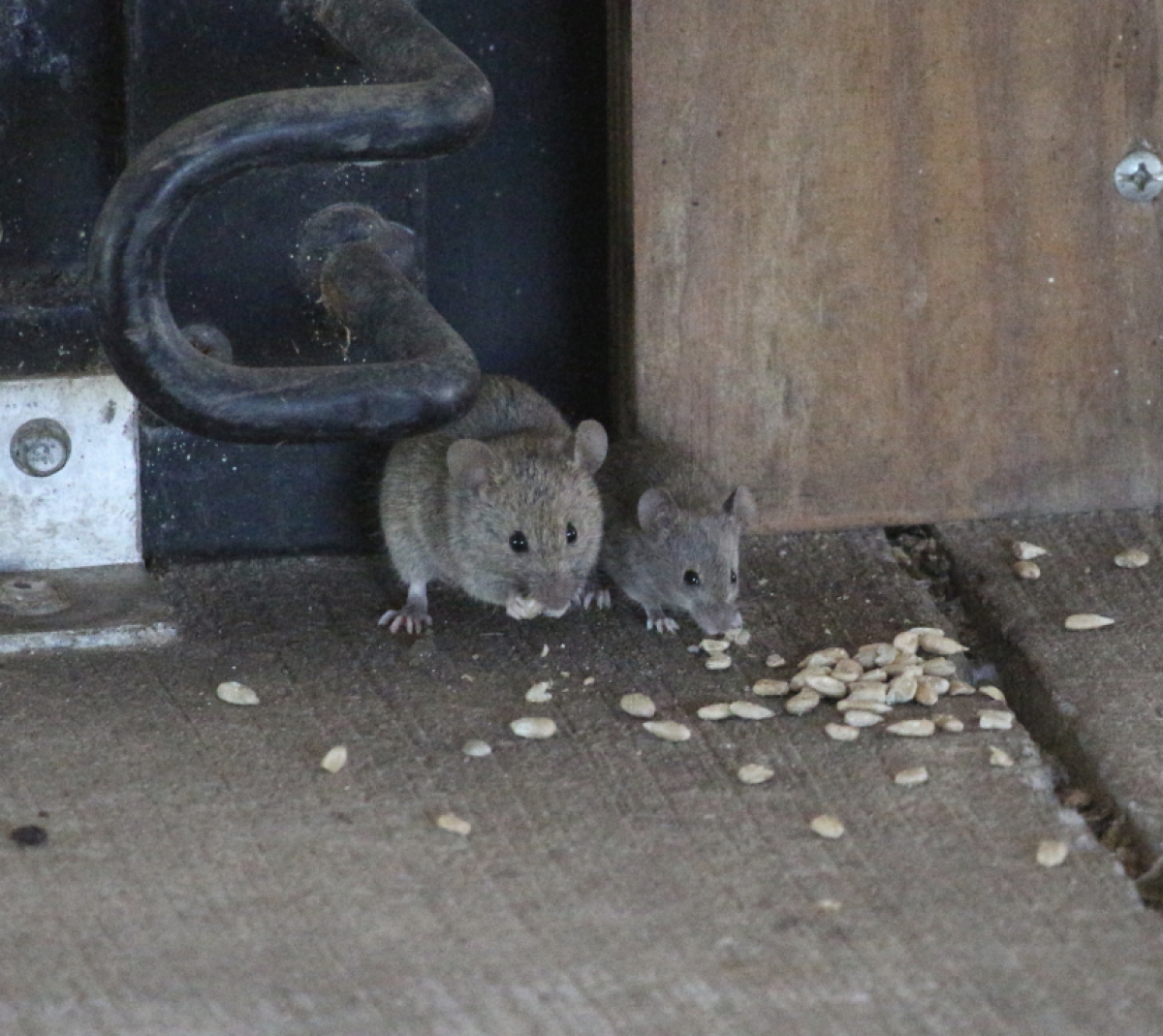Have A Critter Free House This Winter
The end of the autumn season and the beginning of winter are a crucial time for homeowners, especially in the cold Wisconsin climate. The risk of critter infestations is high, and they are more savvy at entering a home than the average person thinks. House mice in particular are able to squeeze their way through a ¼ inch hole in siding or foundation to make their way into a warm, insulated space for the winter. Their ability to do that is concerning.
As fall quickly comes to an end, it's important to critter-proof your home before winter strikes. This can be done on your own accord as a homeowner. There are 7 specific ways you want to inspect your house and take preventive measures to ensure it does not become the home for small bugs, or worse, hairy rodents, for winter. Let's take a look at these preventative measures.
- Examine gutters. Clear them of debris and foliage. Critters can nest in these spaces in the fall, then find a way into the home for the winter.
- Move firewood away from the house (at least 20 feet). Critters are attracted to this and are opportunistic. They can hide out in the firewood and scurry their way into the home without being noticed.
- Foliage in the lawn. Get everything cleared, and don’t give small bugs or even mice a chance to hide themselves.
- Make sure the garage door has a seal. Without one of these, it is easy for a rodent to scurry under the garage and eventually find a way into the house.
- Cracks and holes in the foundation. Get some steel wool or caulk to take care of any small openings. Rodents are privy to using these openings to get into the house.
- Sealed receptacles. Garage cans should have a seal on them. Open garbage cans give greater incentive for rodents to get into the house.
- Screens, vents, or missing shingles on the roof. These are potential openings that small critters will find and use to get into the home.
Any traces of insect populations in homes are an immediate mental indication that the overall hygiene of the house is below standard. The most concerning issue for the winter season is the potential for a mouse or rat infestation. More often than not, these critters aren't alone. They also reproduce at an exponential rate. Mice are sexually mature at 4-6 weeks old. After a 3-week gestation period, they are able to produce babies. The average litter is about 5-6 mice, and female mice are able to produce anywhere between 5-10 litters per year. Do the math, and you’ll realize that a simple entry from a male and female mouse in a home that goes undetected for a short period of time can quickly turn into a problem.
Perhaps the most concerning issue with mice attempting entry into the house during the cold winter months is the health risks they pose. Mice are capable of carrying leptospirosis, typhus, rat-bite fever, tapeworm, and salmonellosis. People rarely experience bites, and contracting rabies is very rare, but the risk comes from small rodents transferring their diseases through urine and stool. The danger comes when mice urinate on food or clothing. This presents some real health hazards if gone unnoticed.
Nobody wants small critters to make their home in their house during the winter months. But if preventative measures aren't taken, it's common. Critter Gitters is here for tips on having a rodent-free winter, as well as providing services to prevent and eliminate critter infestations in the unfortunate cases where they happen.
Nobody wants small critters to make their home in their house during the winter months. But if preventative measures aren't taken, it's common. Critter Gitters is here for tips on having a rodent-free winter, as well as providing services to prevent and eliminate critter infestations in the unfortunate cases where they happen.

